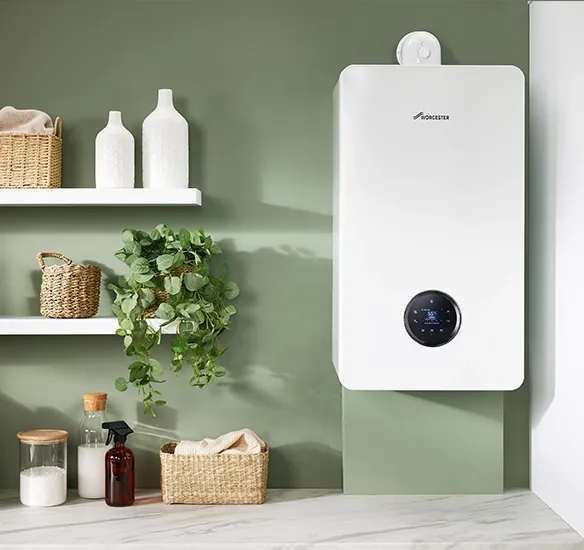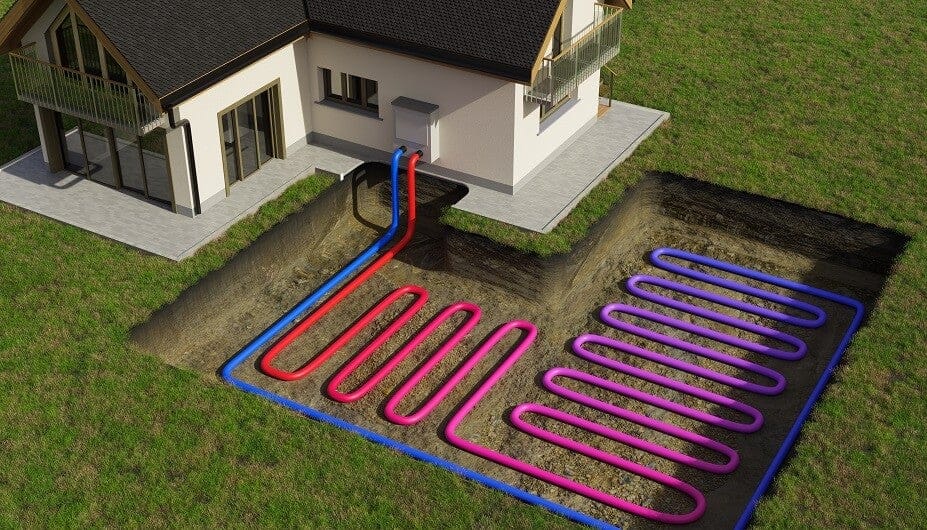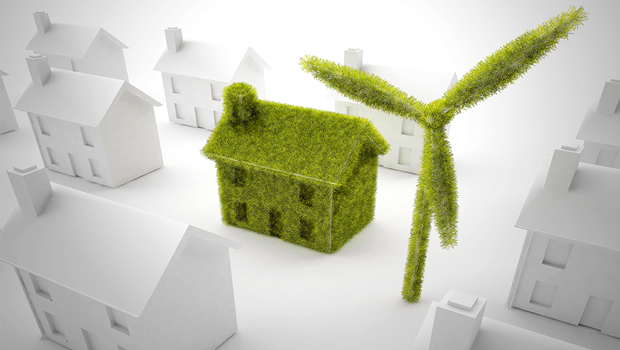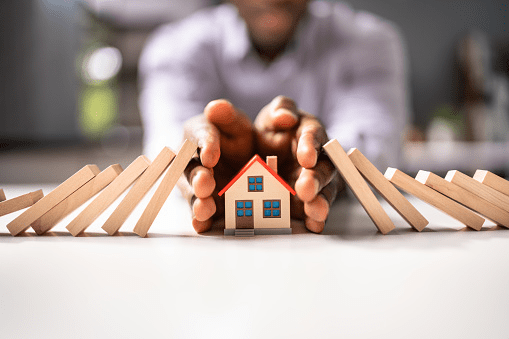For many UK homeowners, sustainable renovations feel like a nice idea in theory but a costly in practice. And yes, eco-upgrades can come with a bigger upfront price tag than traditional improvements. But in the long run, they often prove themselves to be one of the smartest investments you can make.
The benefits stretch well beyond lower energy bills. Sustainable upgrades cut carbon emissions, future-proof homes against rising regulations, and often boost resale value. In fact, homes with higher Energy Performance Certificate (EPC) ratings are already selling faster and at higher prices than less efficient properties. That trend is only expected to continue as the UK pushes towards its 2050 net zero target.
The Cost Question: More Upfront, Bigger Savings Later
So, do eco-renovations really cost more? The answer is yes, but only at the beginning. Energy-efficient homes typically consume less electricity, gas, and water, so monthly bills are consistently lower.
Think of Solar Panels, they can take anywhere from seven to fifteen years to pay for themselves, depending on how much electricity your household uses. But once they’re paid off, the energy they generate is essentially free. Add in schemes like the Boiler Upgrade Scheme, which provides grants towards heat pumps and biomass boilers, and the financial picture starts to shift even more in homeowners’ favour.

Small Sustainable Changes with Big Impact
Not every step towards sustainability has to involve scaffolding or six-figure budgets. Some of the most effective changes are also the simplest.
Sourcing reclaimed or recycled materials keeps costs down and reduces waste. Swapping traditional paints for low-VOC, eco-friendly versions improves indoor air quality while cutting harmful emissions. Upgrading to LED lighting or installing motion-sensor switches means you’re no longer wasting electricity when rooms are empty.
Even water use can be tackled at the source: low-flow showerheads and dual-flush toilets make a measurable difference in water consumption without reducing comfort or convenience.
When Bigger Really is Better
For homeowners ready to invest more heavily, the payback can be transformative. Energy-rated windows prevent heat loss in winter and keep rooms cooler in summer, cutting down on heating and cooling costs alike.
Replacing a traditional gas boiler with an air-source or ground-source heat pump is one of the most impactful steps you can take. While installation isn’t cheap, grants and cheaper financing options are making this shift far more attainable. And then there’s solar power, generating your own electricity not only slashes bills but also adds long-term value to your home.

How AI is Powering Greener Homes
Artificial intelligence is quietly becoming one of the most powerful tools in home sustainability. It’s not just about visualising renovations before you make them, though platforms like RenovateAI and A-Space are already letting homeowners experiment with eco-friendly redesigns virtually. AI is now reshaping how homes are managed day to day.
Smart thermostats such as Hive and Nest use AI to learn your household’s routine, adjusting heating automatically to reduce waste. Some even connect to your phone’s GPS, so they know when you’re on your way home and heat the house just in time.
AI-driven energy monitoring is also advancing. While smart meters show real-time consumption, emerging AI platforms can forecast your usage, highlight inefficiencies, and even recommend when to run appliances to take advantage of off-peak energy tariffs. Looking ahead, predictive maintenance will likely become mainstream: AI systems capable of spotting when boilers, heat pumps, or appliances are underperforming and flagging problems before they become costly breakdowns.
In short, AI is taking the guesswork out of sustainable living and is making it easier to save money and reduce your environmental footprint without constant manual effort.

Financing the Green Shift: Enter Green Mortgages
Of course, the biggest barrier for many households isn’t motivation - it’s money. That’s where financial products like green mortgages come in.
A green mortgage rewards you for making your home more energy efficient. In practice, this usually means either a lower interest rate or access to higher borrowing limits if your property meets a certain EPC rating, often between A and C. The reasoning is simple: energy-efficient homes cost less to run, so owners are at a lower financial risk. Lenders, in turn, are happy to offer better deals.
Several major UK banks are already on board. Offering Green Home Mortgages with reduced rates for efficient new builds. There are also Green Additional Borrowing scheme to help existing homeowners finance upgrades like insulation, solar panels, or heat pumps at cheaper rates. Some of the leading UK mortgage lenders are also providing incentives for buyers of energy-efficient properties.
For landlords, this could be a game-changer. With tighter EPC regulations looming, green mortgages provide a pathway to funding upgrades that not only meet legal requirements but also keep properties attractive to tenants in a competitive rental market.
By combining government grants with green mortgage products, the cost of sustainable renovation becomes far less daunting. What once felt like an expensive luxury is increasingly becoming an affordable, even financially advantageous, choice.

Don’t Forget Insurance and Timing
Before you dive in, it’s important to remember that renovations often increase your property’s rebuild cost - which can affect your home insurance premium. Always notify your insurer before starting major works. In some cases, you may even want to take out dedicated renovation insurance to cover risks like theft, damage, or liability during the process.
And while sustainable renovations can be done year-round, summer often makes life easier. Outdoor projects finish faster in dry weather, and indoor work benefits from natural ventilation without heat loss. Just keep an eye out for the occasional insect visitor while airing out fresh paint.
The Future of Sustainable Homes
Sustainable renovations are no longer just about doing the “right” thing for the planet. They’re about creating healthier, more comfortable homes, cutting everyday costs, and unlocking better financial products. With AI streamlining energy use and green mortgages making upgrades more accessible, the barriers to going green are falling away.
Yes, eco-friendly improvements require an upfront investment. But with the right tools, finance options, and technology, they’re an investment that pays dividends, for your bank account, your comfort and the future of the planet.


